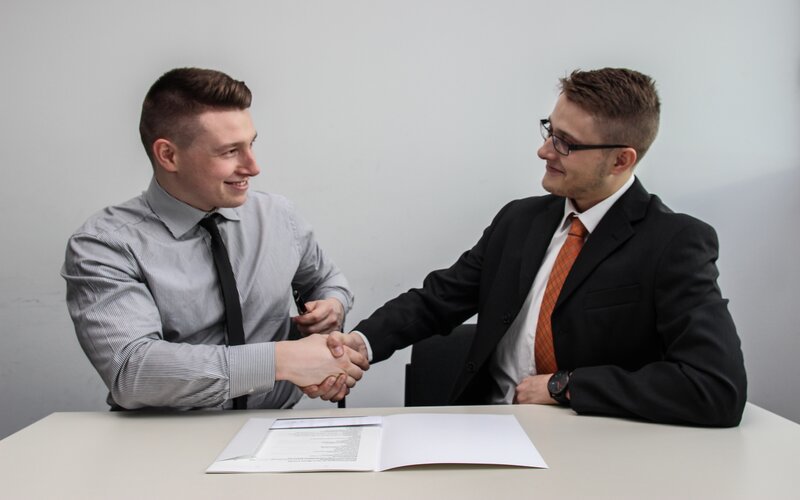The figure from the Australian Bureau of Statistics (ABS) comes as somewhat of a shock, with economists predicting the rate would marginally rise to 7.7% and 55,000 jobs would be lost.
Instead, employment increased by 111,000 people in August and hours worked rose 0.1%, but Bjorn Jarvis, head of Labour Statistics at the ABS, said Victoria was a different story to the rest of the country.
"Employment rose almost 1% but hours worked rose by a more modest 0.1%," Mr Jarvis said.
"Hours fell by 4.8% in Victoria, compared to a 1.8% increase across the rest of Australia.”
“The weaker increase in hours worked has also been reflected in the strength of the increase in part-time employment between May and August, which has been almost eight times greater than the increase in full-time employment.”
The number of unemployed people has now edged below the 1 million mark, down to 921,800 people.
Need somewhere to store cash and earn interest? The table below features savings accounts with some of the highest non-introductory and introductory interest rates on the market.

- Bonus rate for the first 4 months from account opening
- No account keeping fees
- No minimum balance
Mr Jarvis said the figures demonstrated the full extent of the fallout from the extended lockdown in Victoria.
"In addition to the large fall in hours worked, employment in Victoria also decreased by 42,400 people and the unemployment rate increased to 7.1%," he said.
Labour market conditions diverged in August for Victoria and the rest of Australia. In Victoria, employment is down 5.5% compared with March, whereas for the rest of Australia the decline is 2.4% #ausbiz #auspol @IndeedAU pic.twitter.com/ZEW7guTtxA
— Callam Pickering (@CallamPickering) September 17, 2020
There were falls in the unemployment rate across the rest of the country, with New South Wales seeing a decrease of 0.5% to 6.7%, Queensland a decrease of 1.3% to 7.5% and the Northern Territory a decrease of 3.3% to 4.2%.
Tasmania was the only other state besides Victoria to record an increase in unemployment, up 0.3% to 6.3%.
Females saw stronger growth in employment compared to males, 67,000 to 44,000, but also saw a larger decrease in unemployment, 55,000 to 32,000.
These large swings didn't coincide with a change in the participation rate, which increased just 0.1 percentage points to 64.8%, while the underemployment rate remained steady at 11.2%.
More JobKeeper cuts?
Westpac economist Justin Smirk, said the figures meant previous estimates of a 10% peak in unemployment unlikely, and could see a sharp windback of government stimulus support.
"This update has made it much more difficult for the RBA (Reserve Bank of Australia) to hit its forecast peak in unemployment of 10% by end 2020," Mr Smirk said.
"To achieve this employment would have to collapse between 400k to 500k by December.
This would be a very extreme situation and suggests an aggressive unwinding of support packages such as JobKeeper, which while it has been modified it has also been extended to March 2021."
Mr Smirk said Westpac was retaining its view unemployment would peak at 7.8% in December.
"Without a doubt, the recovery in the rest of the country has been more robust (so far) than we thought while the hit to the Victorian labour market has not as bad as expected.
"However, with the rolling off or adjustment of many of support packages (in particular JobKeeper) between now and the end of the year there is meaningful risk to employment."







 Harry O'Sullivan
Harry O'Sullivan
 Harrison Astbury
Harrison Astbury

 Emma Duffy
Emma Duffy
 Rachel Horan
Rachel Horan
